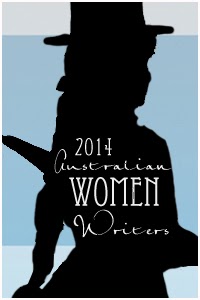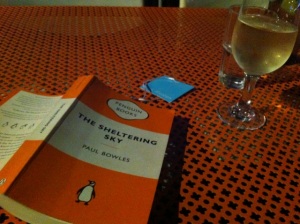The recent announcement of the lost novel from Harper Lee, the unpublished unknown predecessor of ‘To Kill a Mockingbird’, written before, that tells us the next step in the story, raised many questions.
Firstly it seems incredulous that this could be so. That such an archetypal novel had an earlier sister and that it took the events further was a surprise. How could we have not known all this time? Where was this novel? Why was it not published before?
Then later that some day, the announcement of a new novel by Milan Kundera, author of ‘The Unbearable Lightness of Being’, again such an archetypal novel and one that had a profound effect on me in the late 80s, accompanied by an amazing film. Now another novel by this great author is to come after a significant silence of more than a decade.
It set me thinking about the ‘inevitability’ of novels, about the novels that get lost (see this article on delayed and lost novels – especially one that got lost in the post!), the novels that are found, the ones that get delayed for a long time. And the ones that risk not being written at all.
It brought to mind ‘The Guernsey Literary and Potato Peel Pie Society‘, “a first novel from a 70 year old former librarian, Mary Ann Shaffer”. According to the book’s bio, Mary Ann first became interested in Guernsey in 1976; then many years later was goaded into writing a book and revisited her thoughts about Guernsey. Mary Ann died in 2008 without seeing her book in print and knowing the fame it enjoyed and the pleasure it kindled in others.
It made me go back to some loved works on resistance and silence and to reflect on some words in this space:
From ‘The War of Art‘ – Stephen Pressfield
“Creative work is not a selfish act or bid for attention on the part of the actor. It’s a gift to the world and every being in it. Don’t cheat us of your contribution. Give us what you’ve got”.
From ‘Silences‘ – Tillie Olsen
“Literary history and the present are dark with silences: some the silences for years by our acknowledged greats; some silences hidden; some the ceasing to publish after one work appears; some the never coming to book form at all.”
And wise words from Maya Angelou:
“There is no greater agony than bearing an untold story inside you.”
Milan Kundera states in a 1983 Paris Review interview:
“A novel is a meditation on existence, seen through imaginary characters. The form is unlimited freedom. Throughout its history, the novel has never known how to take advantage of its endless possibilities. It missed its chance.”
So many endless possibilities, so many chances.
What untold stories ask to be written and how can we make sure they come to light and don’t get lost or forgotten?
Let’s not miss the chance.





